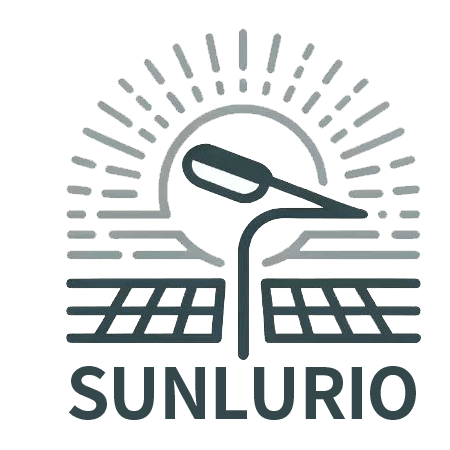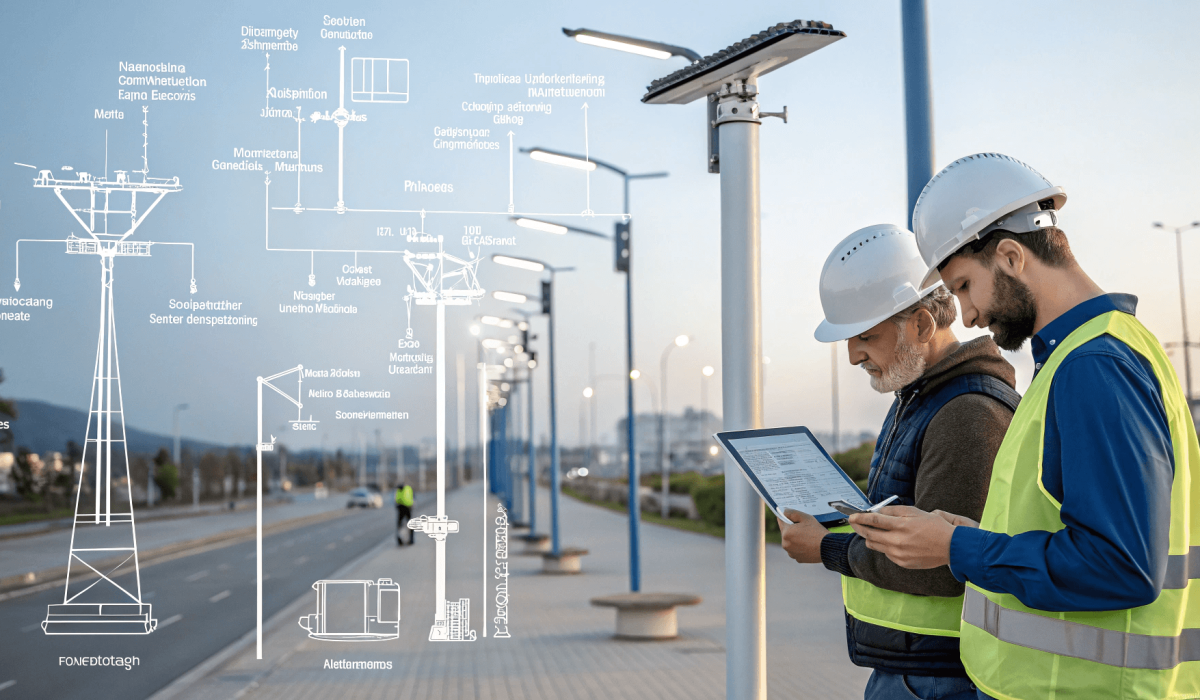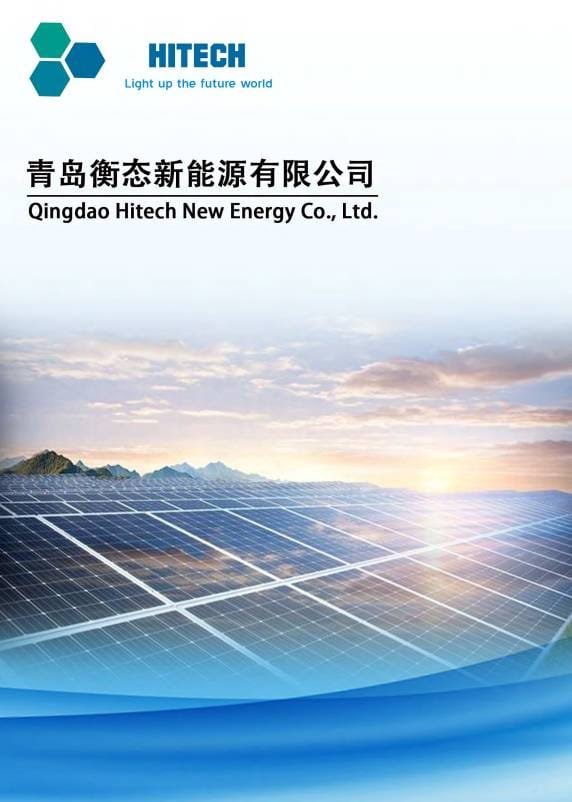A well-structured solar street light proposal should include an introduction, project objectives, technical specifications, budget estimates, and implementation plans. It must highlight energy efficiency, cost savings, and environmental benefits to convince stakeholders.
Proposing a solar street lighting project requires a detailed and professional document that demonstrates its feasibility, benefits, and long-term value. Whether for a government contract, corporate project, or community initiative, a strong proposal increases the chances of approval.
Key Components of a Solar Street Light Proposal
1. Introduction
The introduction sets the stage for the proposal.
A clear and concise introduction should explain the need for solar street lighting and its benefits over traditional lighting solutions.
Example Introduction:
This proposal outlines the implementation of solar-powered street lighting to enhance public safety, reduce energy costs, and promote environmental sustainability. By utilizing renewable solar energy, this project aims to provide long-term, cost-effective, and maintenance-free lighting solutions.
2. Project Objectives
Clearly define the purpose and goals of the project.
Well-defined objectives show the project’s impact on safety, sustainability, and cost-efficiency.
| Objective | Description |
|---|---|
| Improve Public Safety | Better lighting reduces crime and accidents. |
| Energy Efficiency | Solar lights use renewable energy, reducing electricity costs. |
| Environmental Benefits | Lower carbon emissions compared to traditional street lights. |
| Low Maintenance | LED solar lights require minimal upkeep. |
3. Technical Specifications
Provide a detailed breakdown of the solar street lighting system.
A technical section ensures that decision-makers understand the product’s capabilities.

Key Technical Components:
- Solar Panels – Converts sunlight into electricity.
- LED Light Fixtures – Energy-efficient and long-lasting.
- Battery Storage – Stores power for nighttime use.
- Controller – Regulates power flow and prevents overcharging.
- Pole and Mounting System – Supports the lighting unit securely.
| Component | Specification Example |
|---|---|
| Solar Panel | 100W Monocrystalline Panel |
| Battery | 12V, 200Ah Lithium-Ion Battery |
| LED Light | 50W, 6000K Color Temperature |
| Controller | MPPT Smart Controller |
| Pole Height | 6m - 9m |
4. Budget and Cost Estimates
Break down the financial aspects of the project.
A clear budget section shows project feasibility and return on investment.
Sample Cost Breakdown:
| Item | Quantity | Unit Cost | Total Cost |
|---|---|---|---|
| Solar Street Light | 50 | $500 | $25,000 |
| Installation | 50 | $100 | $5,000 |
| Maintenance | Annual | $2,000 | $2,000 |
| Total | - | - | $32,000 |
A financial analysis should also include:
- Cost Savings Over Time – Compare solar vs. traditional street lights.
- Return on Investment (ROI) – How long before the project pays for itself?
5. Implementation Plan

Outline the steps to complete the project successfully.
A structured timeline ensures efficient execution.
Sample Implementation Timeline:
| Phase | Tasks | Duration |
|---|---|---|
| Planning | Site selection, approvals | 2 Weeks |
| Procurement | Order and ship materials | 3 Weeks |
| Installation | Setup and testing | 4 Weeks |
| Maintenance | Regular inspections | Ongoing |
6. Benefits and Conclusion
Highlight the long-term benefits of the project.
Summarizing the advantages strengthens the proposal’s impact.
Key Benefits:
- Cost-Effective – Reduces long-term energy costs.
- Sustainable – Uses renewable solar power.
- Reliable – Works even during power outages.
- Eco-Friendly – Reduces carbon footprint.
Conclusion:
Implementing solar street lighting is a cost-effective, sustainable, and efficient way to enhance public infrastructure. This proposal demonstrates how the project will improve safety, reduce costs, and promote green energy solutions. Investing in solar street lighting is a smart and future-proof decision for any community or organization.


